CLICK IMAGE BELOW TO GO TO VIDEO
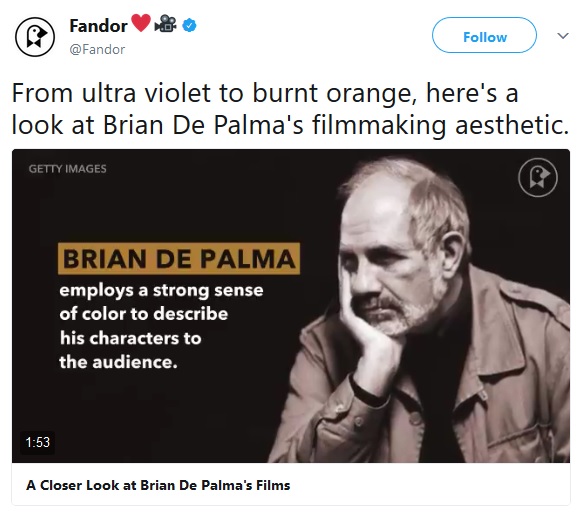
 Hello and welcome to the unofficial Brian De Palma website. Here is the latest news: |
|---|
E-mail
Geoffsongs@aol.com
-------------
Recent Headlines
a la Mod:
Listen to
Donaggio's full score
for Domino online
De Palma/Lehman
rapport at work
in Snakes
De Palma/Lehman
next novel is Terry
De Palma developing
Catch And Kill,
"a horror movie
based on real things
that have happened
in the news"
Supercut video
of De Palma's films
edited by Carl Rodrigue
Washington Post
review of Keesey book
-------------
Exclusive Passion
Interviews:
Brian De Palma
Karoline Herfurth
Leila Rozario
------------
------------
| « | December 2017 | » | ||||
| S | M | T | W | T | F | S |
| 1 | 2 | |||||
| 3 | 4 | 5 | 6 | 7 | 8 | 9 |
| 10 | 11 | 12 | 13 | 14 | 15 | 16 |
| 17 | 18 | 19 | 20 | 21 | 22 | 23 |
| 24 | 25 | 26 | 27 | 28 | 29 | 30 |
| 31 | ||||||
De Palma interviewed
in Paris 2002
De Palma discusses
The Black Dahlia 2006

Enthusiasms...
Alfred Hitchcock
The Master Of Suspense
Sergio Leone
and the Infield
Fly Rule
The Filmmaker Who
Came In From The Cold
Jim Emerson on
Greetings & Hi, Mom!
Scarface: Make Way
For The Bad Guy
Deborah Shelton
Official Web Site
Welcome to the
Offices of Death Records
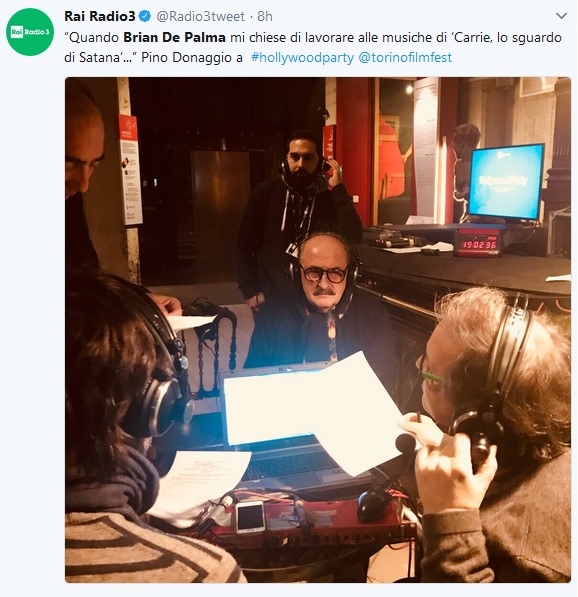
The thirty-fifth Torino Film Festival invites Pino Donaggio as the representative of the retrospective dedicated to Brian De Palma. An author for whom Maestro Donaggio wrote the music for six of his films. We all know the titles - Carrie, Dressed to Kill, Blow Out, Body Double, Raising Cain, and (the less famous) Passion - but listening to the composer's stories instantly provokes goosebumps: "Do you remember Carrie's ending? When Amy Irving walks past the grave and we see her hand jump off the ground accompanied by the music? I saw George Lucas jump during that scene, he jumped from the cinema chair. And he started laughing as if he wanted to say: 'You cheated me!'".Another anecdote about Carrie is about Martin Scorsese: "We were in New York and in a cinema showing Carrie ... with the title in the luminous sign in big letters, and at the bottom, but much smaller, there was the title of the second film: Taxi Driver. Brian took the picture of that sign and sent it to Scorsese! I have wonderful memories of that period: Brian was very close to Spielberg, Scorsese and Coppola."
Maestro Donaggio still works with De Palma today. He is currently busy creating the music for his new thriller: Domino. What will we see on the screen?
The plot is simple: the films of Brian are, at least the ones that I do with him which are those full of suspense, action and sex. Domino opens with a death: they kill the companion of a policeman and then this protagonist goes around all over Europe to look for the perpetrators. Among other things, he also meets ISIS members and other terrorists while he continues to hunt for the guilty. There will be a great finale set during a Bullfight with people running up the stairs.You named De Palma's friends: Scorsese, Spielberg and Coppola, that is, authors who almost always work with the same troupe. Are there any De Palma films that you did not participate in - I think about Scarface or The Untouchables - were you too busy at the time?
No. I wanted to do them all. But he had made up his mind that I was good at making that kind of music for that kind of suspense film. He said that he had worked with many but that he found me "the best of all on those films in particular". He thought I was not suitable for more dramatic films like The Untouchables, or Casualties Of War. The strange thing is that when this happens, he avoids me. He does not want me to do even the audition, because he feels uncomfortable telling me no. I remember in the eighties I was in New York: I was working on the music of The Fan ... he was in the same building I was in. I wanted to say hello. He told me he was busy. The truth is that he was starting another movie. And he could not tell me that I would not have done that movie. He is a bit like that. But when he comes to Venice we always see each other. (Smiles)You have worked a lot also for Italian cinema. Is there a film you would have liked to participate in, which you did not do?
We should have done with Benigni and Troisi the following: Nothing Left To Do But Cry. It was scheduled but then it was different after the death of Troisi. It was a lot of fun to work on that first film: Benigni and Troisi came to me to ask me the theme. They left me free: "You and we listen to him" - they told me. And then in that movie we played with the music. There were musical gags like in the scene in which they open the door hoping to find themselves in the present and instead find the musicians of the Middle Ages.Returning to the cinema of De Palma. One of the greatest fans of the director is Quentin Tarantino. Have you ever discussed with him about a potential project to be developed together?
Tarantino used the Blow Out theme in his Death Proof. Once I read an interview in which he said: "I love the music of Donaggio" ... yet he never called me (smiles). Another who loves my work is Benicio del Toro. He said: "When I prepare a film I listen to Donaggio's music" ... he too has never called me though. Maybe he does not have my number yet!
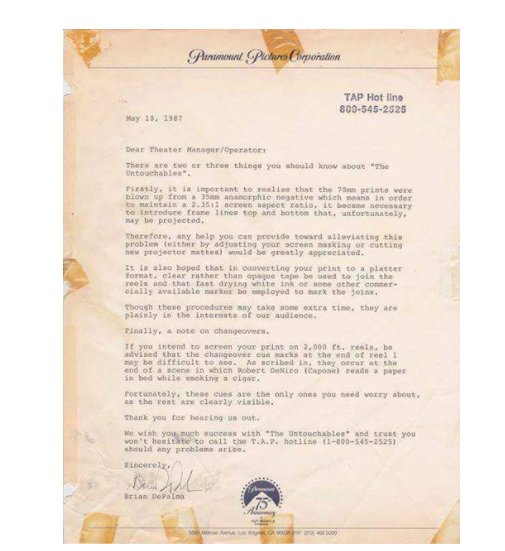
Firstly, it is important to realize that the 70mm prints were blown up from a 35mm anamorphic negative which means in order to maintain a 2.35:1 screen aspect ratio, it became necessary to introduce frame lines top and bottom that, unfortunately, may be projected.Therefore, any help you can provide toward alleviating this problem (either by adjusting your screen masking or cutting new projector mattes) would be greatly appreciated.
It is also hoped that in converting your print to a platter format, clear rather than opaque tape be used to join the reels and that fast drying white ink or some other commercially available marker be employed to mark the joins.
Though these procedures may take some extra time, they are plainly in the interests of our audience.
Finally, a note on changeovers.
If you intend to screen your print on 2,000 ft. reels, be advised that the changeover cue marks at the end of reel 1 may be difficult to see. As scribed in, they occur at the end of a scene in which Robert DeNiro (Capone) reads a paper in bed while smoking a cigar.
Fortunately, these cues are the only ones you need to worry about, as the rest are clearly visible.
Thank you for hearing us out.
We wish you much succcess with The Untouchables and trust you won't hesitate to call the T.A.P. hotline (1-800-545-2525) should any problems arise.
Sincerely, Brian DePalma
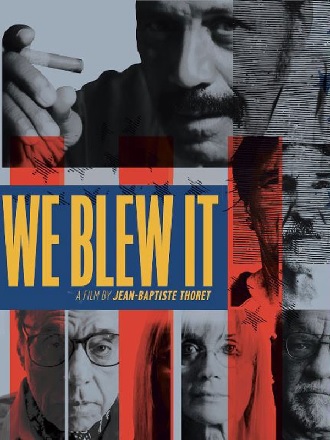 Filmed during the year leading up to the election of Donald Trump as president, Jean-Baptiste Thoret's documentary We Blew It takes its title from a line spoken by Peter Fonda in Dennis Hopper's Easy Rider. As The Hollywood Reporter's Bernard Besserglik describes it, "Jean-Baptiste Thoret's enthralling documentary We Blew It tackles the riddle of the 1960s head-on — a riddle that has been the subject of lively debate virtually since the day the decade ended. How, after that heady upsurge of youthful idealism and revolt, did we get to where we are now? What happened to the dreams and visions of the peace-and-love generation? What were the twists and turns that brought us from Easy Rider to Donald Trump?"
Filmed during the year leading up to the election of Donald Trump as president, Jean-Baptiste Thoret's documentary We Blew It takes its title from a line spoken by Peter Fonda in Dennis Hopper's Easy Rider. As The Hollywood Reporter's Bernard Besserglik describes it, "Jean-Baptiste Thoret's enthralling documentary We Blew It tackles the riddle of the 1960s head-on — a riddle that has been the subject of lively debate virtually since the day the decade ended. How, after that heady upsurge of youthful idealism and revolt, did we get to where we are now? What happened to the dreams and visions of the peace-and-love generation? What were the twists and turns that brought us from Easy Rider to Donald Trump?"Basically, We Blew It is a film that deals with the question of the years '60-'70 by questioning their very existence. The work of a director who evolves in a landscape of images and is all too aware of the impact of these images themselves not to wonder if they have not printed in the retina of the popular unconscious a reality that never took place. A dialectic that is found in particular in the staging bias of Thoret. Filmmaker obviously cinephile, the author multiplies the references to New-Hollywood to question his own references. We think of the scene where the camera is walking in Dallas, on the road on which JFK died as if it were scanning the traces of a perennial trauma. As the screen sweeps the asphalt, an oppressive music straight out of a film by Brian De Palma, THE filmmaker who made this fatal day of November 15, 1963 the reason for his cinema, accentuates and invades the entire sound space. As if Thoret summoned the spectrum of the director of Blow Out to derealize what he films and plunge into an agonizing abstraction, which exceeds the factual historical event to touch something more disturbing. For those who arrive in the empty room of all references, the tools work in the first degree, but for the viewer initiated to its author and his cinephilia, Thoret brings a historical event to his cinematographic representation, as if the passage of a historical event in a regime of specific images had altered the initial reality. Did New Hollywood invent these years? Has cinema created America? This is the agonizing question that runs through the author's approach, seeking the traces of cinema in what he films.
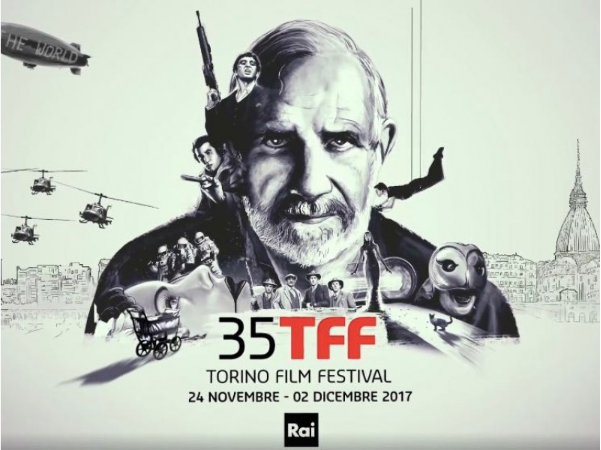
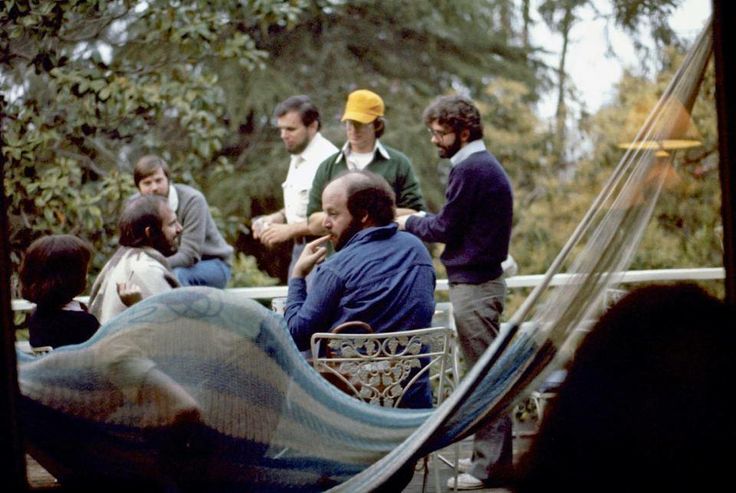
Accounts in the book illustrate what editors gain from directors with markedly different styles and focus.“De Palma’s very visually oriented,” Hirsch says, reflecting on the baroque setups used in the bloody prom scene climax of 1976’s “Carrie.”
“In terms of storytelling, George Lucas is extraordinarily gifted in terms of design. De Palma’s very interested in how he moves the camera,” with elaborate tracking shots and set pieces that flew apart to accommodate them.
“While in ‘Star Wars’ I don’t think the camera ever moves within the visual-effects sequences.”
And shots of live actors used mainly just pans across the set, Hirsch recalls.
Although friends have praised the still unpublished project, Hirsch is wary of those who can’t be objective, arguing that Hollywood sometimes falls prey to that trap.
“I don’t think these ‘friends and families’ screenings are very meaningful – I want to hear what the enemies and strangers have to say.”
 Paul Hirsch, who has made 11 films with Brian De Palma, will present a Master Class at Cinéma Grand Action in Paris on Sunday, November 19th. The Master Class (at 6pm) will be preceeded by a screening of De Palma's Obsession (4pm), and the night will close out with a screening of Joel Schumacher's Falling Down (7:30pm).
Paul Hirsch, who has made 11 films with Brian De Palma, will present a Master Class at Cinéma Grand Action in Paris on Sunday, November 19th. The Master Class (at 6pm) will be preceeded by a screening of De Palma's Obsession (4pm), and the night will close out with a screening of Joel Schumacher's Falling Down (7:30pm).And then also a brief quote from Hirsch about Falling Down: "Falling Down is very relevant to current events in America today. It is one of my forgotten films, by and large, but I think it was sort of prophetic. And it represented a distinct editing challenge in its own way."